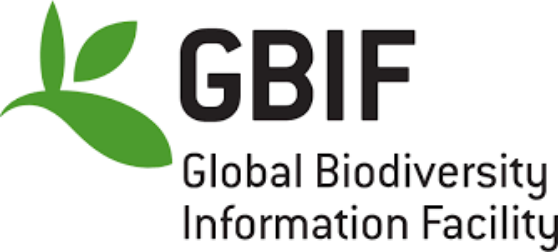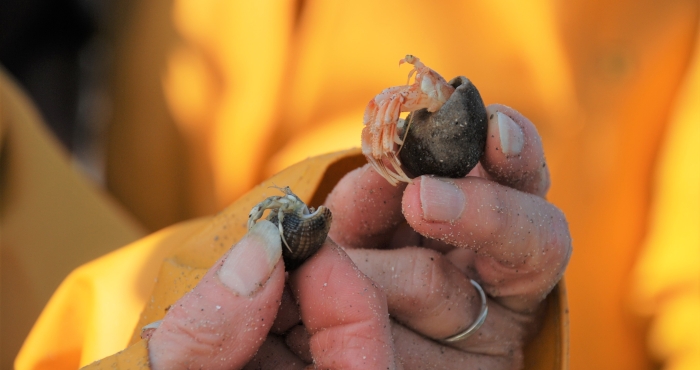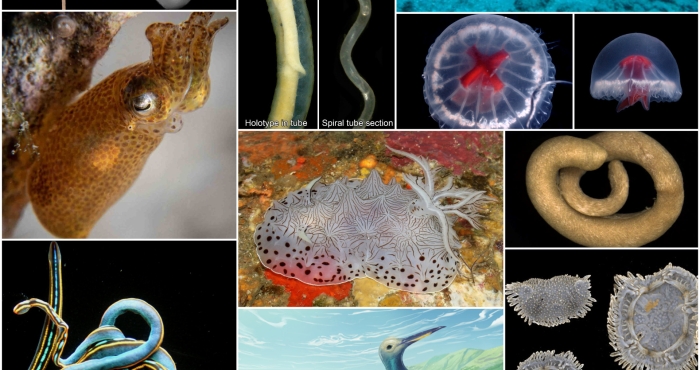
Birds
Human activities pose a threat to many bird species, while some bird species can also cause nuisance to humans. In LifeWatch Belgium, we use innovative bird tracking technologies to monitor the activities of large gulls, birds of prey and wading birds for nature conservation and management purposes.
Why do we study birds
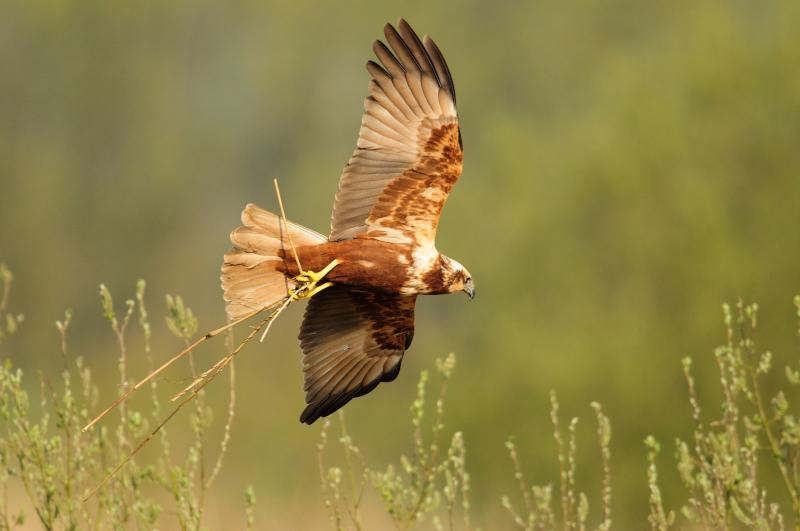
In the Bird Tracking Network, innovative GPS-loggers are used to monitor bird migration behaviour and habitat use. We focus on three groups of bird species: large gulls, birds of prey and wader species. We are monitoring the habitat use and migration patterns of European herring gulls (Larus argentatus Pontoppidan, 1736), lesser black-backed gulls (Larus fuscus Linnaeus, 1758) and Mediterranean gulls (Ichthyaetus melanocephalus Temminck, 1820).
The studies of large gulls are relevant in the framework of Natura 2000 and from a societal point of view as these birds are increasingly causing nuisance in urban areas due to the decline in their natural habitats. Their whereabouts are studied for implementing (future) nature reserves at the Belgian coast, and they are used to study the effect of offshore wind parks.
Another group of birds in the network are birds of prey: short-eared owls (Asio flammeus Pontoppidan, 1763), common buzzards (Buteo buteo Linnaeus, 1758), western marsh harriers (Circus aeruginosus Linnaeus, 1758), hen harriers (Circus cyaneus Linnaeus, 1766), and Montagu’s harriers (Circus pygargus Linnaeus, 1758). These species are relevant in the European bird directive and are threatened by the decline in breeding habitats in Belgium and the Netherlands. The information collected by the trackers can be used to better understand their breeding and migration behavior and to define new conservation strategies.
The birds of prey (e.g. western Marsh harriers) are threatened in the EU by the decrease of breeding habitats and are therefore strictly protected (Bird Directive). Many rodent specialised birds of prey are experiencing a significant decline in their breeding ranges in Flanders and the Netherlands, with a shift from breeding in reed beds to grain fields. This trend has critical implications for conservation objectives. A considerable portion of the population now nests and ranges outside the designated Birds Directive areas, residing in agricultural land. To scientifically assess the impact of these environmental changes, tagging birds offers an efficient method to gather detailed data on their home ranges and land use over time and space. This method not only records and stores crucial information but also allows for tracking migration behavior, filling a vital gap in our understanding of the species' life cycle.
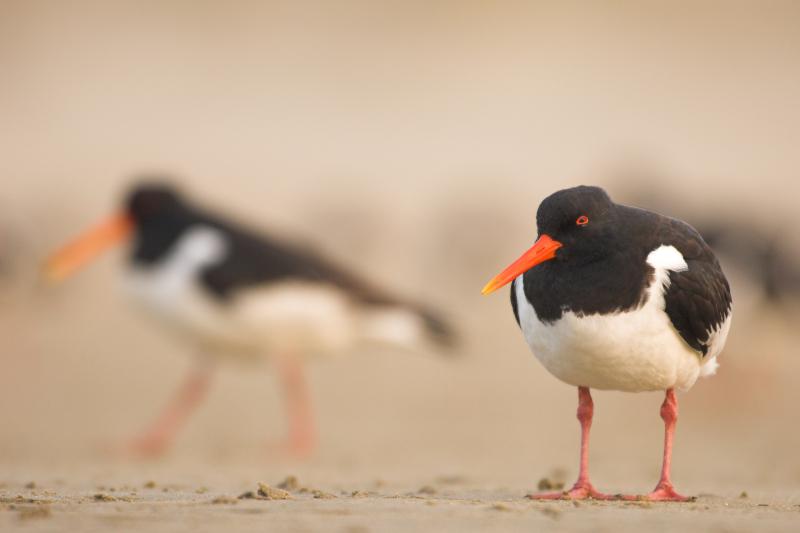
Populations of wading birds (Eurasian oystercatchers (Haematopus ostralegus Linnaeus, 1758), Eurasian curlews (Numenius arquata Linnaeus, 1758) and Eurasian spoonbills (Platalea leucorodia Linnaeus, 1758) are decreasing tremendously, and little is known about their habitat use and migration behaviour in Belgium and the Netherlands. Having a better understanding of their movements will enable effective protection measures.
What we do in LifeWatch
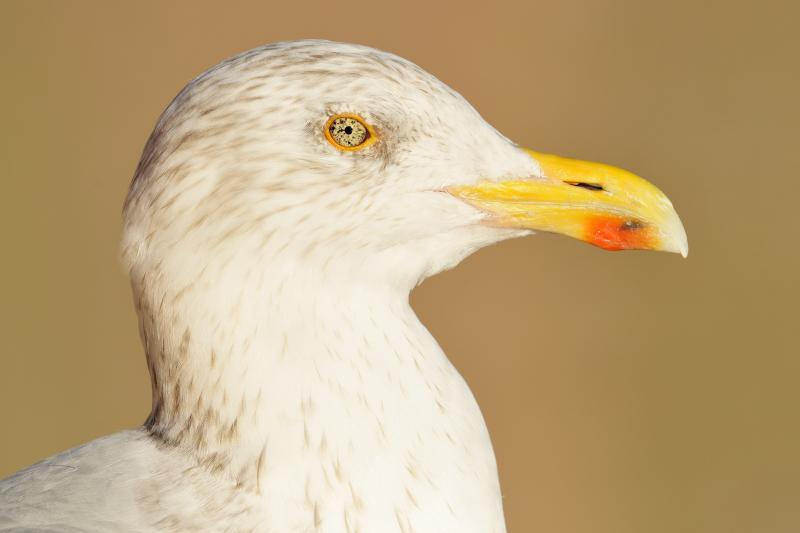
In LifeWatch we use UvA-Bits and Ornitela trackers to track bird migration, habitat use and behaviour. LifeWatch partly sponsored the initial system (UvA-Bits) and the more recently deployed Ornitela trackers, which enable the research of the international Next Generation Animal Tracking Scientific Research Network.
LifeWatch enables the data flow from sensor-databases to the tracking community portals (MoveBank) using open source tools and scripts. LifeWatch contributes to the sharing of these datasets with the global biodiversity community (GBIF).

